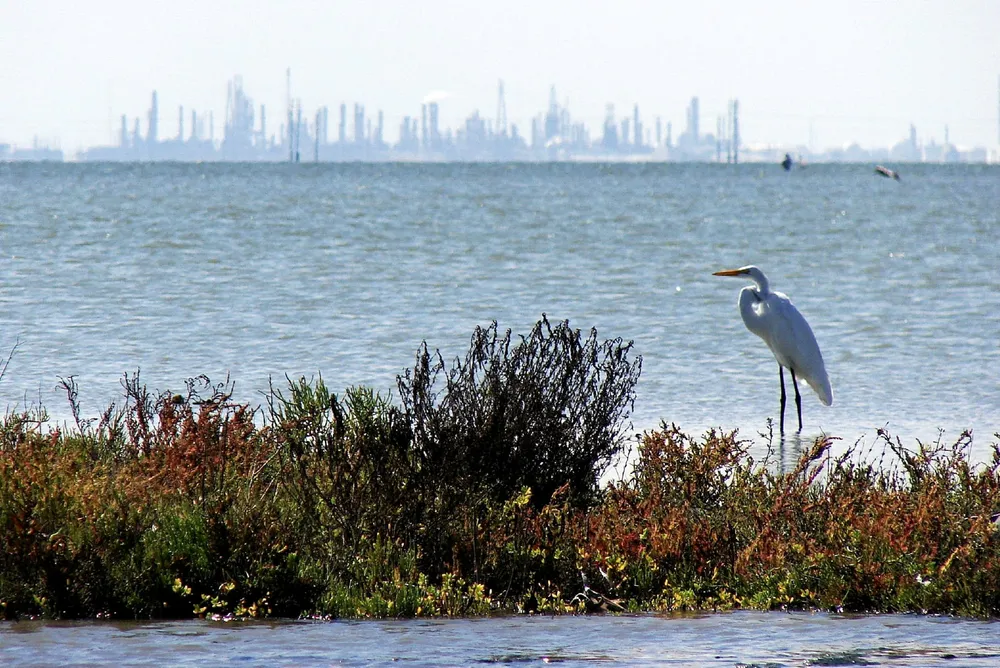Hecate highlights Texas offtake and onshore grid ties in Gulf of Mexico offshore wind lease bid
Chicago-based developer sees broad experience contracting renewables in Lone Star state as giving it an edge over rivals in route-to-market

Chicago-based developer Hecate believes its experience contracting renewables within Texas’ largest grid as well as potential site control near critical coastal transmission assets give it an edge in developing Gulf of Mexico offshore wind, the company said in its application for unsolicited leases.
“Hecate is in a unique position, as a successful onshore renewable energy developer in Texas, to understand power offtake in the region,” it said.
The company operates 2GW of utility scale solar power in Texas out of its 3.6GW total across the nation. Spain's leading oil & gas firm Repsol bought a 40% stake in Hecate in 2021.
Cancelled Gulf lease auction
Two other leases off Galveston, Texas failed to attract any interest.
Hecate’s “significant success” in contracting renewables in the region of the Lone Star state’s main grid operator Electric Reliability Council of Texas (Ercot) provided “a level of confidence regarding offtake that may not be shared by other offshore wind developers.”
Hecate's targeted wind energy areas (WEAs) C and D are some 50 km from Corpus Christi, Texas, around 100 km southeast of the Galveston zones.
Option C totals 74,113 acres while option D comes in around 68,239 acres, which were considered too small for commercial development. If developed jointly, Hecate believes the combined 142,352 acres “would provide adequate area for a commercial project” of around 2GW, the company said.
Failure to launch
BloombergNEF wind energy analyst Chelsea Jean-Michel said with low power prices, a poor wind resource, suboptimal seabed quality, and hurricane risk, “the value proposition for offshore wind development in the Gulf of Mexico becomes much weaker than in other parts of the US.”
As neither Texas nor Louisiana have passed concrete offshore wind policies, “this leaves uncertainty over whether developers will be able to find offtakers willing to pay prices high enough to cover the costs of offshore wind development,” Jean-Michel added.
Louisiana's former governor, Democrat John Edwards, set a 5GW by 2035 sector target, but his successor, Republican Jeff Landry, is an oil & gas lobbyist and renewables skeptic. Texas, meanwhile, already has some 40GW of onshore wind and a surging solar sector and has expressed little interest in costly offshore wind.
Despite sector misgivings, Hecate said it is already in negotiations to secure site control for land next to three substations targeted for offshore wind to tie into the grid and has entered the interconnection queue in Texas at three substations identified as likely for export cable landfall.
Hecate's drive
Hecate's motivations for seeking an unsolicited lease instead of participating in BOEM's auctions remain unclear.
The developer makes the familiar argument that GoM offshore wind could power green hydrogen production, and nearby Corpus Christi has been identified as a potential hub.
Signe Sorensen, senior market analyst, Americas, for intelligence firm Aegir Insights, notes that Houston is also striving to be a hydrogen hub, and “is also within reach of both the designated lease areas and the preliminary WEAs that Hecate is requesting.”
If BOEM receives expressions of interest, it may launch an auction for the leases, but if not, it may issue leases directly to Hecate.